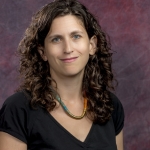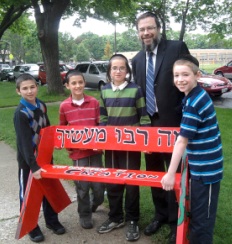
Victoria J. Plettner-Saunders
The Intersection of Local Businesses, School Districts, & Arts Education
Posted by Sep 13, 2011

Victoria J. Plettner-Saunders
I'm a consultant in San Diego who specializes in capacity building for nonprofit arts organizations and the people who run them. I also do a fair amount of work in the realm of arts education, including currently serving as chair of the Arts Education Council at Americans for the Arts and the co-founder and chair of the San Diego Alliance for Arts Education.
It was with my "arts education hat" on that I attended a one-day symposium in San Diego called “Powering Innovation Economies” last week. One of the sessions was about the role of arts education, innovation, and the workforce.
Sarah Murr (my fellow blogger/Boeing's Global Corporate Citizenship community investor responsible for corporate giving to the arts in Southern California) was invited to be one of the panel members. Murr is well known in Southern California’s arts education community for the huge investment she’s made on Boeing’s behalf in supporting arts education in the Orange County area. She is also an active board member of the California Alliance for Arts Education.
Unfortunately, she was ultimately unable to participate and I got an email asking if I knew of someone in the local corporate community who could take her place.
As I sat there thinking about which local corporations support arts education as part of their community investment policy for strengthening workforce development, I came up empty handed.
Read More











































